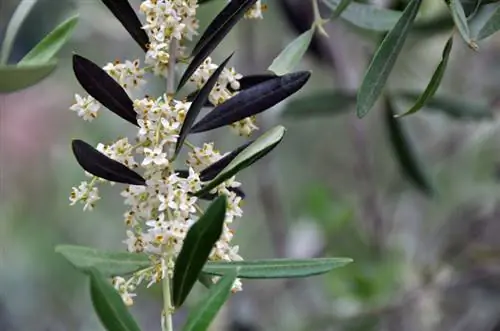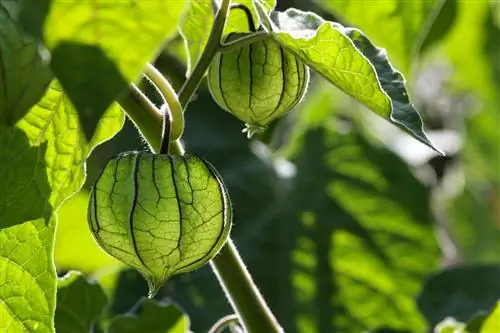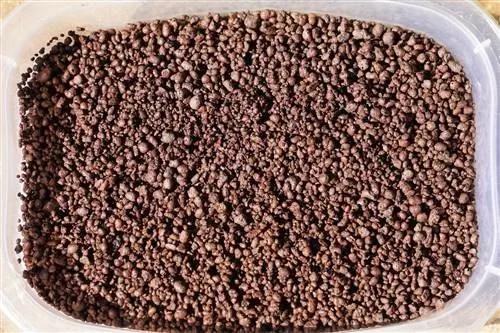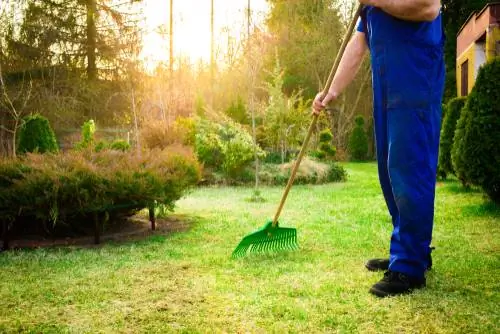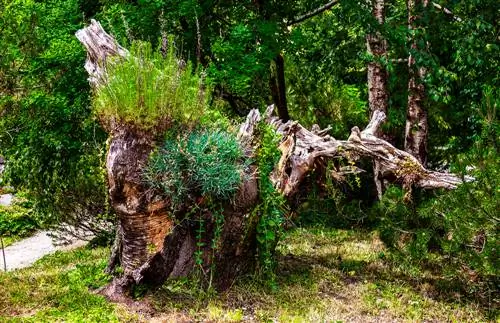- Author admin [email protected].
- Public 2023-12-16 16:46.
- Last modified 2025-01-23 11:19.
Olive trees are not only pretty to look at and give your balcony and terrace a wonderful Mediterranean touch, with a little luck and good care you can even harvest olives yourself. However, you should have several trees because most varieties are cross-pollinated.
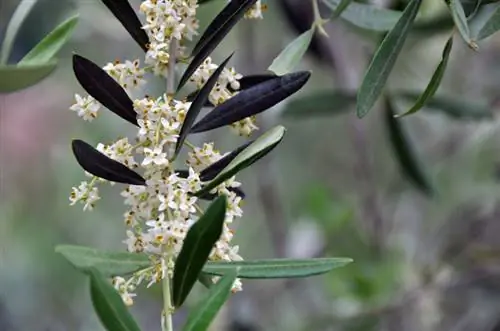
How is olive tree fertilization done?
The best way to fertilize olive trees is through cross-pollination with a genetically different second tree. Wind pollination is common, but can also be assisted manually with a brush on balconies or terraces. Some varieties such as Leccino, Frantoio, Cailletier and Aglandou can self-pollinate, but the yield is usually lower.
Cross-pollination through genetically different second trees
The flowers of the olive tree are hermaphrodite, i.e. H. These are bisexual flowers, but pollination works best through a second or more olive trees. The reason for this lies in the necessary genetic diversity, because trees with different genetic makeup fertilize better than trees with the same DNA. Although self-fertilization is certainly possible under certain circumstances (e.g. with the help of a brush), it does not produce the desired yield. By the way, this also applies to olive trees with the same DNA, such as those grown via propagation with cuttings - these trees only fertilize each other moderately or not at all.
Pollination in olive trees
Olive trees are rarely fertilized by insects, but rather by wind pollination. The wind transfers the male pollen to the female inflorescence of the other tree. However, since olive trees in our latitudes are better kept on the balcony or terrace for climatic reasons, wind pollination is difficult to achieve. However, you can help by hand: Use a brush (€6.00 on Amazon) to transfer the pollen from one tree to the other. You can also shake the trees a little to imitate wind pollination. Olive trees usually bloom between April and June, or later in cooler temperatures.
Self-pollinated varieties
A few varieties are capable of self-pollination. But even with these, self-fertilization only produces a very low yield; cross-pollination remains more successful and profitable. However, if you don't have the space for several trees but still want to harvest your own olives, you can use these varieties:
- Leccino
- Frantoio
- Cailletier
- Aglandou
However, for a higher harvest, at least a second olive tree that is in the immediate vicinity of the first would be advisable.
Tips & Tricks
Olives have, depending on the variety, white to yellow-green flowers, which only appear if they have been overwintered accordingly. To encourage an olive tree to bloom, it should overwinter in a bright location at around 8 to 10 °C. During this rest period it must not be fertilized and watered only slightly.

